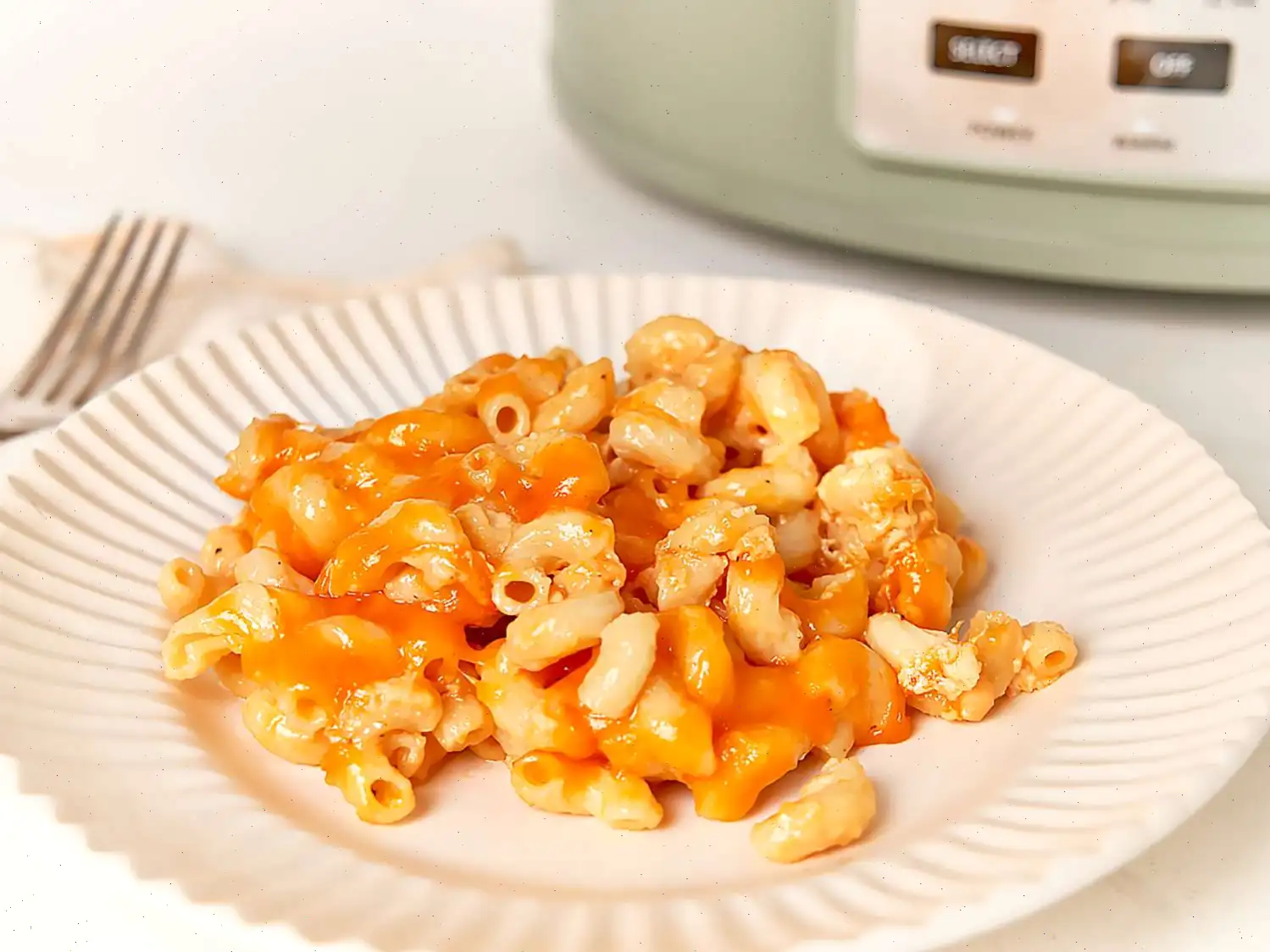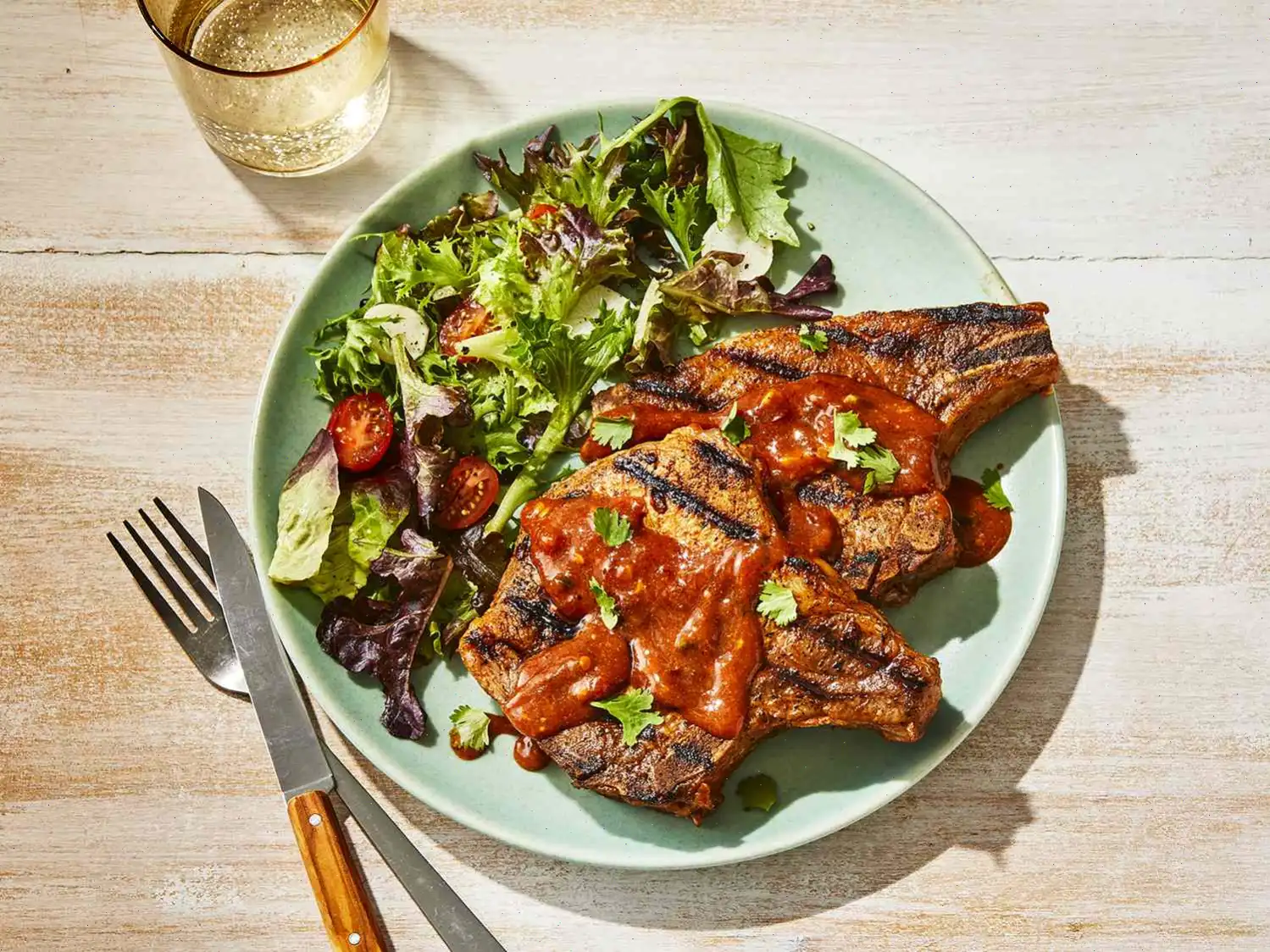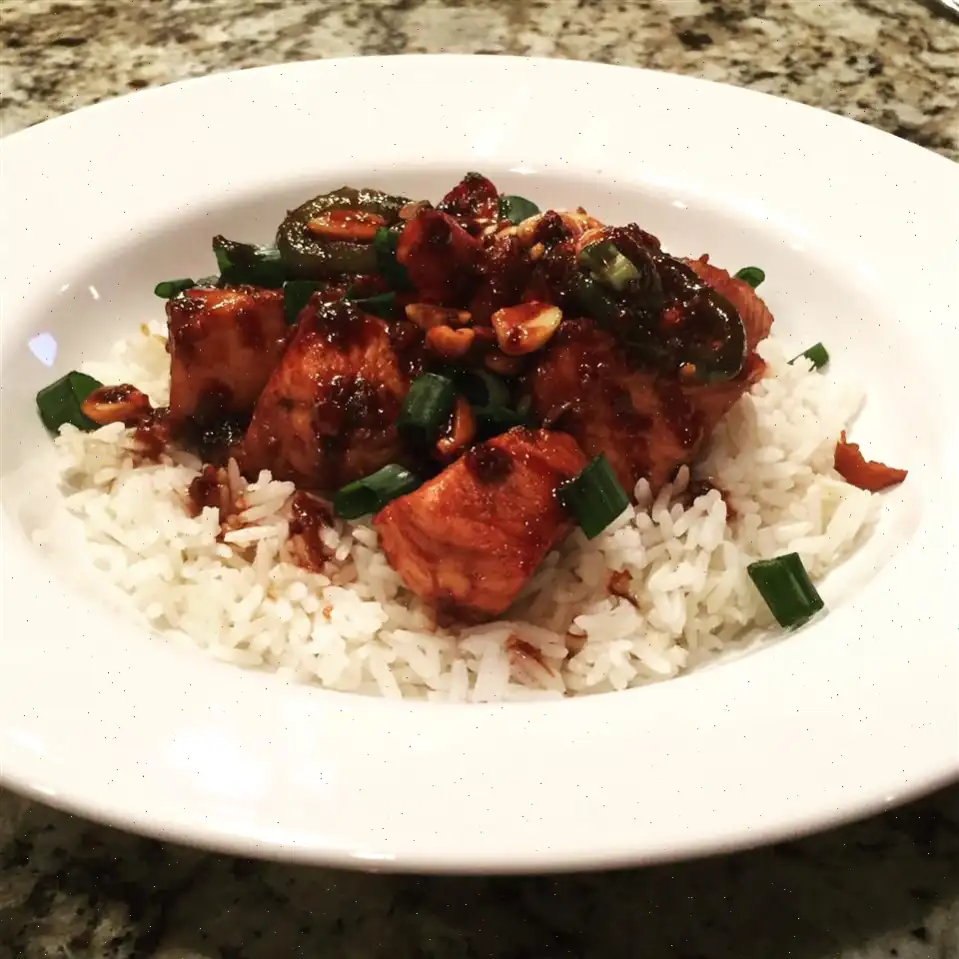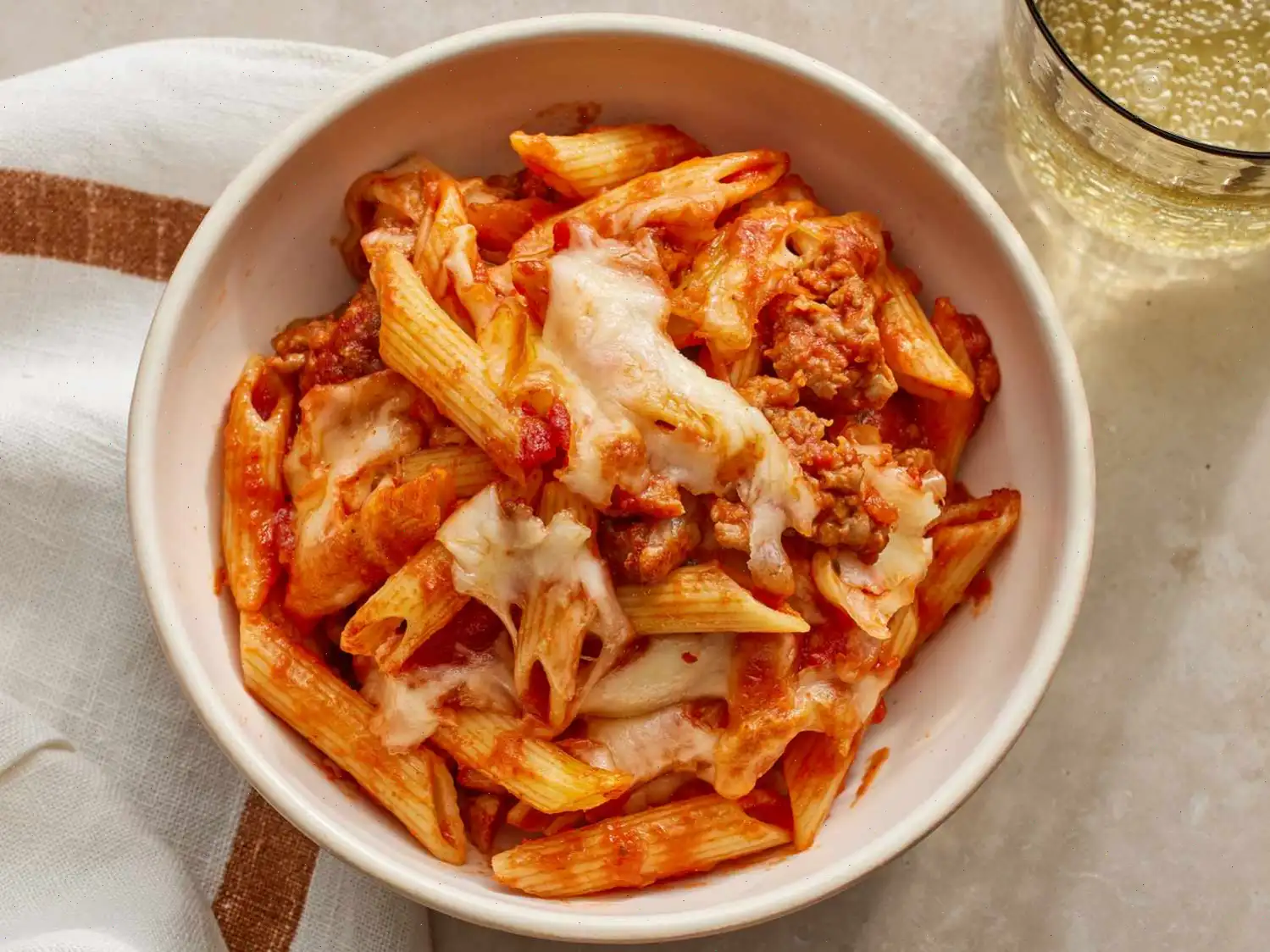
Crockpot Macaroni and Cheese Recipe
This rich and creamy slow cooker mac and cheese is the ultimate comfort food. Easy to make and loaded with flavor, it's perfect for any occasion.
Ingredients
- 1 pound uncooked elbow macaroni
- 2 tablespoons kosher salt, divided
- Cooking spray
- 1 1/2 cups whole milk
- 1 (12-ounce) can evaporated milk
- 1 large egg
- 1 large egg yolk
- 1/2 cup butter, cut into pieces
- 3 ounces cream cheese, cut into pieces
- 1/4 teaspoon black pepper
- 16 ounces sharp Cheddar cheese, shredded, divided
Directions
Step 1: Bring a large pot of water to a boil over high heat. Add the macaroni and 4 1/2 teaspoons of salt. Cook the pasta until it's just barely tender, about 5 minutes. Drain the pasta and rinse it with cold water to stop the cooking process.
Step 2: Lightly spray the inside of a slow cooker with cooking spray. Add the drained pasta to the slow cooker.
Step 3: Stir in the whole milk, evaporated milk, butter, cream cheese, and black pepper into the pasta. Mix until well combined.
Step 4: In a small bowl, whisk together the egg and egg yolk until smooth and combined. Stir this egg mixture into the pasta mixture in the slow cooker.
Step 5: Set aside 3/4 cup of shredded cheese. Stir the remaining shredded cheese into the pasta mixture in the slow cooker. Cover and cook on Low for 1 1/2 hours, or until the mixture is bubbly and the edges are lightly browned.
Step 6: Sprinkle the reserved cheese on top, cover, and cook for an additional 15 minutes, or until the cheese is fully melted.
Step 7: Serve immediately. Alternatively, you can turn the slow cooker to Warm or Off until you're ready to serve.
Nutrition Facts (per serving)
- Calories: 385
- Fat: 28g
- Carbs: 18g
- Protein: 16g
Nutrition Breakdown:
- Total Fat: 28g (36% Daily Value)
- Saturated Fat: 16g (80% Daily Value)
- Cholesterol: 123mg (41% Daily Value)
- Sodium: 1015mg (44% Daily Value)
- Total Carbohydrate: 18g (6% Daily Value)
- Dietary Fiber: 1g (2% Daily Value)
- Total Sugars: 5g
- Protein: 16g (33% Daily Value)
- Vitamin C: 1mg (1% Daily Value)
- Calcium: 404mg (31% Daily Value)
- Iron: 1mg (5% Daily Value)
- Potassium: 206mg (4% Daily Value)
* Percent Daily Values are based on a 2,000 calorie diet. Your daily values may be higher or lower depending on your calorie needs.
Note: Nutrient information is based on available data, but may vary depending on the exact ingredients used. Always consult with a healthcare provider if following a medically restrictive diet.
The History of Macaroni and Cheese
Macaroni and cheese has a long and savory history that stretches back several centuries. Its roots are often traced to Europe, particularly Italy and France, where pasta and cheese dishes were common among the upper classes. The earliest known recipes for macaroni and cheese date back to the 13th century, when pasta and Parmesan cheese were baked together. In America, the dish gained popularity in the 18th century and became a staple comfort food, with Thomas Jefferson famously serving a version of it at state dinners after encountering it in France.
Regional Variations
Across the United States, macaroni and cheese has evolved into a variety of regional styles. In the South, it is often baked and enriched with cream, sometimes topped with breadcrumbs for a crunchy finish. In contrast, Northern versions tend to favor stovetop methods for a creamier, more custard-like texture. Some regions incorporate additional ingredients like smoked cheeses, bacon, or even hot peppers to reflect local culinary traditions. The crockpot variation, like this recipe, is especially popular in households seeking convenience while retaining a rich, creamy texture.
What Sets It Apart from Similar Dishes
Unlike other cheesy pasta dishes such as Alfredo or cheesy casseroles, macaroni and cheese is distinguished by its combination of elbow macaroni and a smooth, often sharp cheddar-based sauce. The use of a slow cooker in this recipe allows for even cooking and melting of cheeses without the risk of burning or curdling, which can be a challenge with stovetop or oven methods. This makes it different from baked mac and cheese, which develops a browned, sometimes crispy top, or stovetop versions, which require constant stirring.
Where Its Commonly Served
Macaroni and cheese is an extremely versatile dish, commonly served at family dinners, potlucks, and holiday gatherings. It is often a side dish accompanying roasted meats, fried chicken, or barbecue. The crockpot version is particularly favored at casual events and parties because it keeps warm for extended periods without drying out, allowing guests to serve themselves easily. In addition, its popular in school cafeterias and diners, where creamy, comforting dishes are preferred.
Interesting Facts
One interesting fact about macaroni and cheese is that it has its own national day in the United States, celebrated on July 14th. Another fun tidbit is that Thomas Jefferson imported macaroni and Parmesan cheese from Italy, which helped popularize the dish among Americans. Despite its simplicity, macaroni and cheese is highly adaptable; modern chefs experiment with gourmet cheeses, truffle oil, lobster, and other luxurious ingredients. The crockpot method has further modernized it, offering a set-it-and-forget-it approach while still delivering rich flavor.
FAQ about Crockpot Macaroni and Cheese Recipe
Comments
Janet Young
12/07/2023 01:07:54 AM
I recently prepared this dish. It is incredibly creamy, wonderfully cheesy, and absolutely delicious! I decided to add a bit more cheddar, which turned out to be a great choice. Don't forget to mix the egg thoroughly before adding it in, and make sure to cool the noodles completely with cold water before transferring them to the crock pot. I used brand-name ingredients and real cheese, which definitely made a noticeable difference in the overall flavor.
Ronald Hall
09/04/2022 10:56:37 AM
On both occasions I have prepared this dish, it has turned out perfectly creamy and consistently delicious. It is incredibly simple to make and yields a large quantity as well. I will definitely be incorporating this recipe into my regular rotation.
Michelle Miller
10/26/2022 06:12:55 PM
This dish lacks taste and is too dry.
Sarah Scott
10/13/2023 03:05:15 AM
This recipe was incredibly simple to make. It ended up being absolutely delicious. You simply dump all the ingredients into the slow cooker and in just two hours, it's good to go. The whole family enjoyed it!
Jack Roberts
04/09/2024 12:20:40 AM
Wonderful recipe. Extremely simple to prepare and incredibly tasty.
Jerry Parker
08/15/2024 02:14:25 AM
Executed flawlessly! Incredibly creamy and cheesy! It doesn't get any better than this!
Ryan Williams
07/11/2024 11:06:55 AM
I decided to give this recipe a try, and I absolutely loved it! I personally prefer following along with a video, so that was my chosen method. Despite some initial concerns after reading a few reviews, I found the recipe to be perfect and it made a surprisingly large portion. Thank you, Nicole!
Patricia Turner
06/18/2023 07:36:16 AM
The recipe is a bit confusingly written. It instructs to divide the salt without specifying when to use the other portion. Additionally, the video shows the use of salted butter, which is not mentioned in the written instructions. To improve the dish, I made a few modifications: I mixed all the milk, egg, and seasonings together, and added a teaspoon of chicken bouillon powder. I opted for a blend of equal parts extra sharp cheddar and asiago cheese. The dish tasted fantastic when served warm, but unfortunately, the sauce separated because I followed the full instructions. Moving forward, I plan to add the cheese topping earlier and turn off the crockpot sooner, when the sauce is thick and the pasta is heated through. If the sauce still separates, I'll stick to the same ingredients but bake the dish instead. Overall, I will definitely try making this recipe again with these adjustments.
Joseph Johnson
12/30/2024 04:58:46 AM
I'm sorry, but my experience was terrible. Despite following the instructions precisely and using a high-quality Cuisinart slow cooker, the final result was disappointing. Instead of a gooey texture, the egg turned into scrambled eggs. I ended up throwing it away. I am puzzled by where I went wrong. If anyone has successfully made this recipe, please share your insights so I can understand my mistake.








